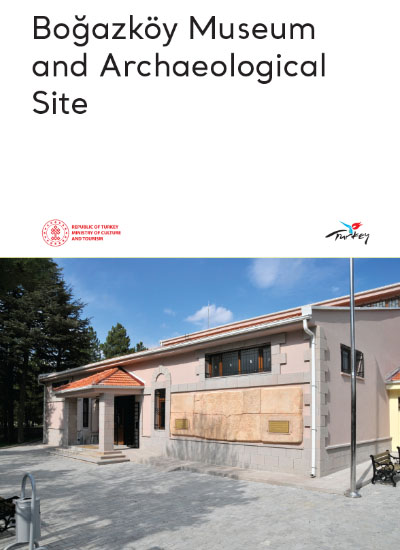The Boğazköy Museum is situated in the heart of Boğazkale district, 82 km southwest of Çorum. It was opened to the public in 1966 and underwent reorganization in 2011. The museum displays artifacts unearthed from the Hittite capital Hattusha, with a thematic and chronological arrangement in its exhibition halls. The first hall of the museum displays artefacts from various historical periods, including the Chalcolithic, Early Bronze Age, Assyrian Trade Colonies Era, Iron Age (Phrygian), Galat, Roman and Eastern Roman (Byzantine) period. Among the exhibits is the Boğazköy Yerkapı Sphinx, which was returned by the Berlin museum and has been on display at the Boğazköy Museum since 26 November 2011, along with another Sphinx that was previously exhibited at the İstanbul Archaeology Museum. The Hittite Kingdom's political and social structure is showcased in the Hittite Hall through panels and artefacts with rich visuals. Thematic exhibitions of seal-printed findings discovered in excavations are also on display. The upper floor of the hall features displays on Hittite religion, military structure, and writing system, with accompanying panel information and visuals. The garden exhibits a range of artefacts from different historical periods, including a Sphinx from the Hittite period, tablets with hieroglyphic inscriptions, and milestones and grave steles from the Roman and Eastern Roman periods. Bull-Headed Vase Hittite Period The vase, decorated with a bull head symbolizing the storm God, was discovered in the home of a senior military commander and dates back to the Hittite period. It may have been used in rituals and religious ceremonies. The Lion Gate The Lion Gate is one of the two main gates of the southern fortification in the south-western part of the upper city. As with other major gates of Hattusha, it has two towers with quadrangular plans on either side of the main gate room. The gate was named after the two lion statues guarding it. The use of the lion motif on doors is common in Asia Minor for both protection and embellishment purposes, and it also symbolizes power.
BOĞAZKÖY MUSEUM


